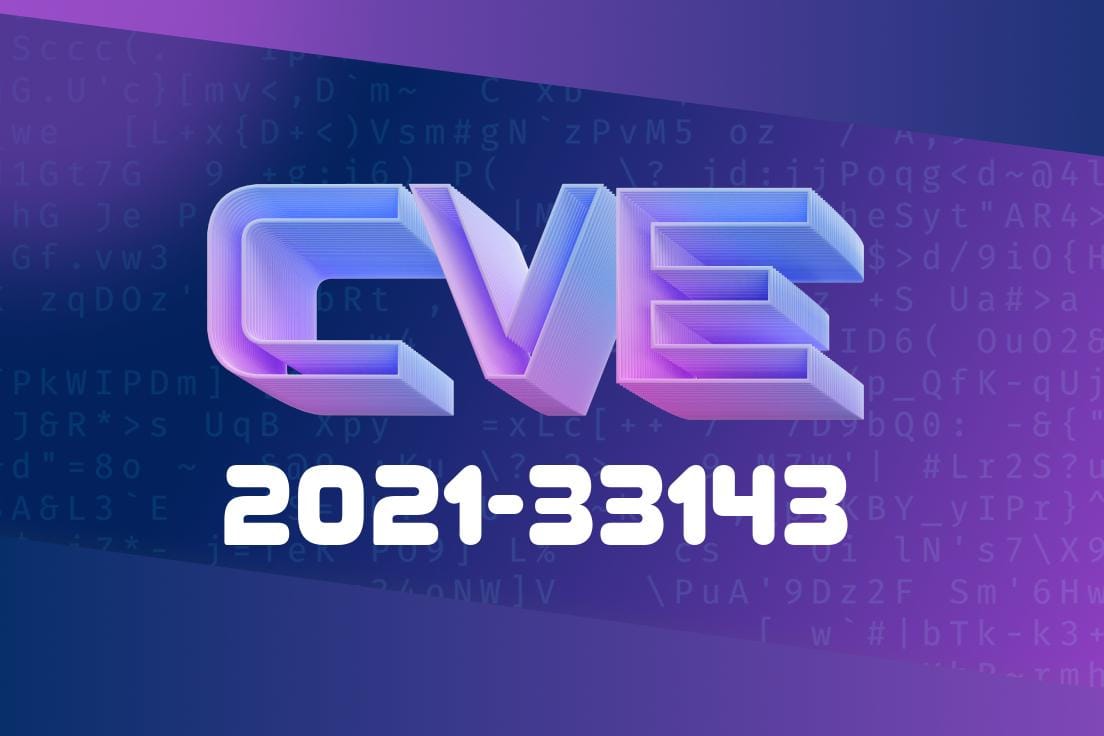In the world of cybersecurity, new CVEs (Common Vulnerabilities and Exposures) pop up every day, and it’s important for developers, sysadmins, and security enthusiasts to stay on top of them. In this post, we’ll take a deep dive into CVE-2021-33143. Although this CVE was officially rejected, there’s still much to learn from its history, what “rejected” actually means, and how you can avoid similar confusion in your work.
What is CVE-2021-33143?
CVE-2021-33143 was reserved in 2021 and, like every CVE, received a placeholder in the MITRE database. But if you check the official CVE entry, you’ll notice something important:
REJECT
Reason: This candidate was withdrawn by its CNA. Further investigation showed that this issue is unused.
Notes: none
That’s all. No affected product, no technical description, no exploit, no proof of concept. In other words, there was never a real vulnerability attached to this CVE number.
Why Are CVEs Sometimes “Rejected”?
CVEs are sometimes reserved before the full details of a security bug are known. This lets vendors and security teams coordinate fixes and disclosures. But once in a while:
Or, as in this case, the slot is created for a vulnerability that doesn’t actually exist.
In the case of CVE-2021-33143, the organization responsible for managing security reports (called the CNA, or CVE Numbering Authority) decided that this CVE was _not needed_, as the issue was “unused.” That means no software, hardware, or system was vulnerable here.
Or was not a security vulnerability at all.
So, if you see a CVE with the “REJECT This candidate was withdrawn by its CNA. Further investigation showed that this issue is unused” note, you can safely conclude there is nothing to fix, patch, or worry about.
Example: How Does This Show Up in Code or Scanners?
Sometimes, security scanners or checklists pull in every CVE they find—rejected or not. If you see CVE-2021-33143 in a scan result, it’s a mistake.
Hypothetical Scanner Output
- [INFO] CVE-2021-33143 detected in component X.y.z
- [WARNING] REJECTED: This CVE is marked as unused. No action required.
You should always double-check any flagged CVE against the official MITRE entry to verify whether it’s real.
Always Validate CVE Details
Not every CVE is created equal. Before you schedule a patch, check the CVE description on MITRE or NVD.
Keep Your Scanners Updated
Make sure your vulnerability scanner filters out or annotates rejected CVEs to avoid wasting your team’s time.
Links and References
- CVE-2021-33143 MITRE Entry
- About CVE Program - How CVEs Get Rejected
- National Vulnerability Database (NVD)
Takeaways
In summary, CVE-2021-33143 is a non-issue. It was reserved but never used, and the official record says it was REJECTED. You don’t need to patch anything, and there’s no actual exploit to worry about. This highlights the importance of reading CVE entries carefully and not reacting solely to seeing a CVE number in a report.
If you’re interested in more stories like this, or want to learn how to triage the “noise” in vulnerability tracking, stay tuned for more posts!
TL;DR:
CVE-2021-33143 was reserved for a potential vulnerability, but no real bug was found. It’s officially REJECTED and unused—no exploit, no fix needed.
Timeline
Published on: 02/23/2024 21:15:09 UTC
Last modified on: 09/04/2025 00:40:35 UTC
